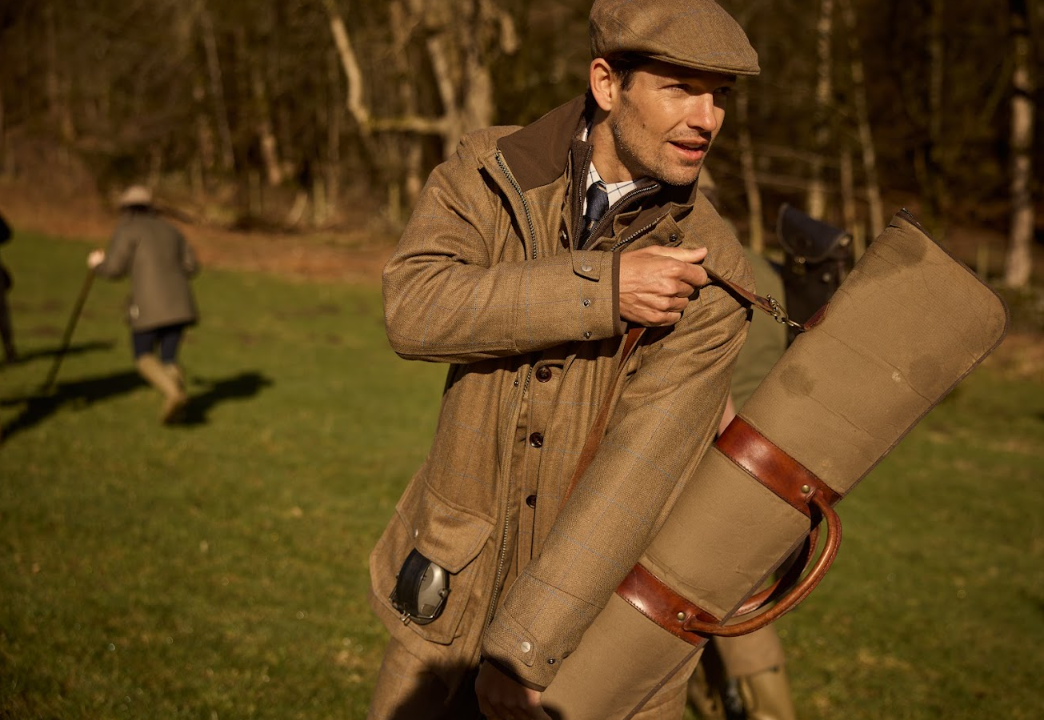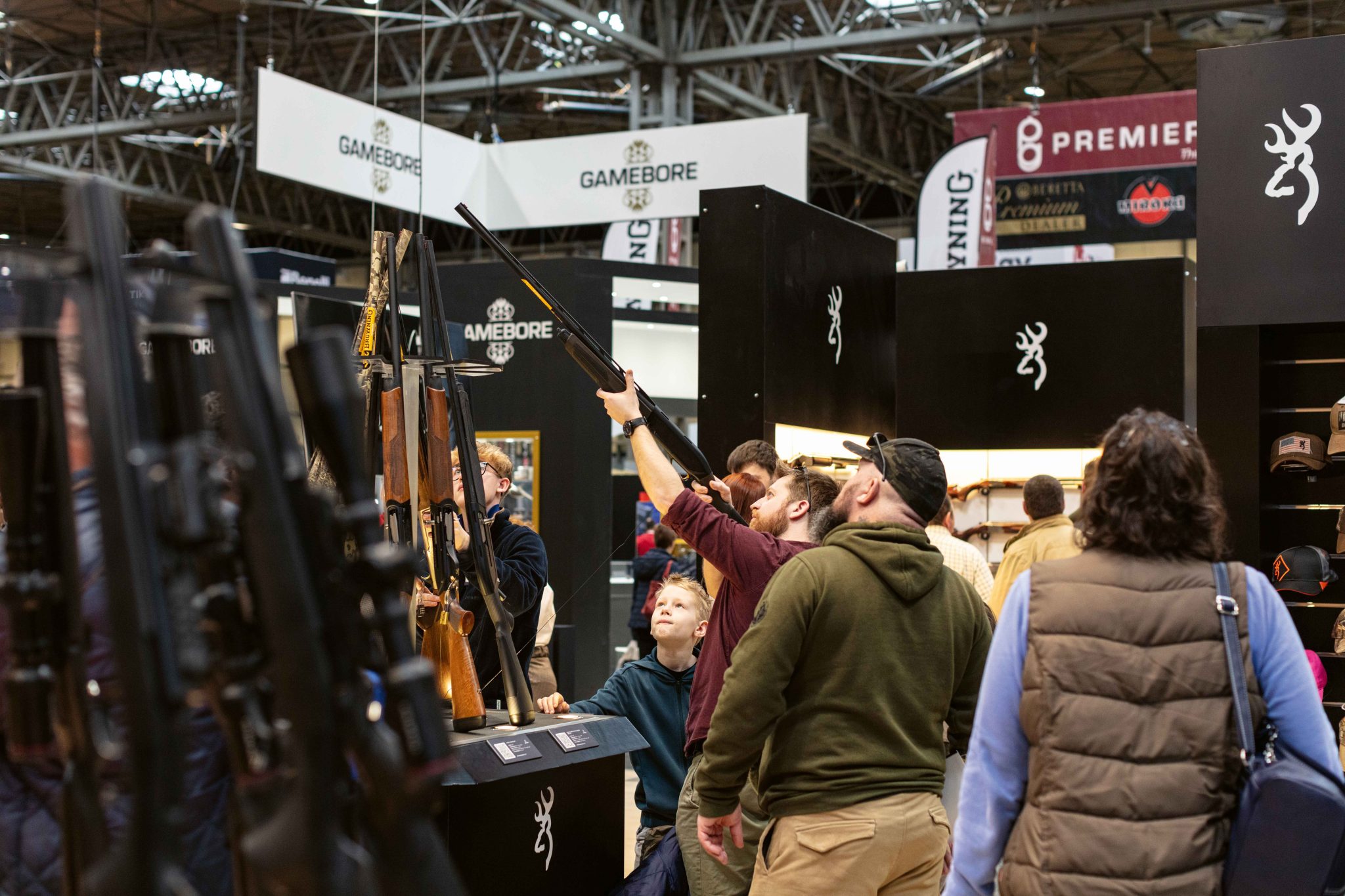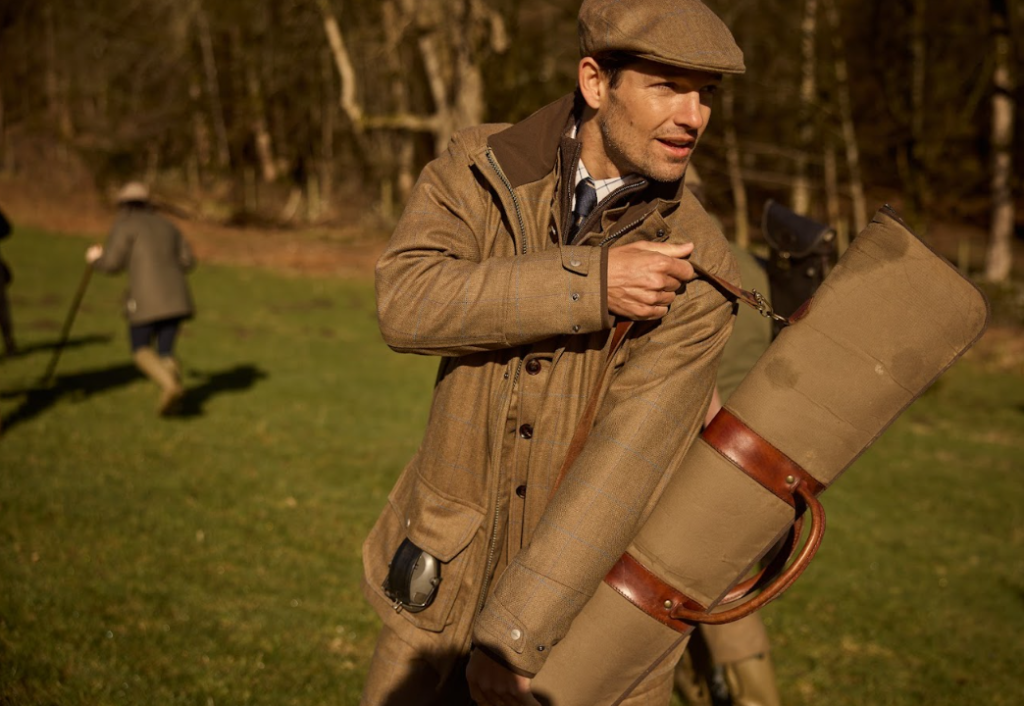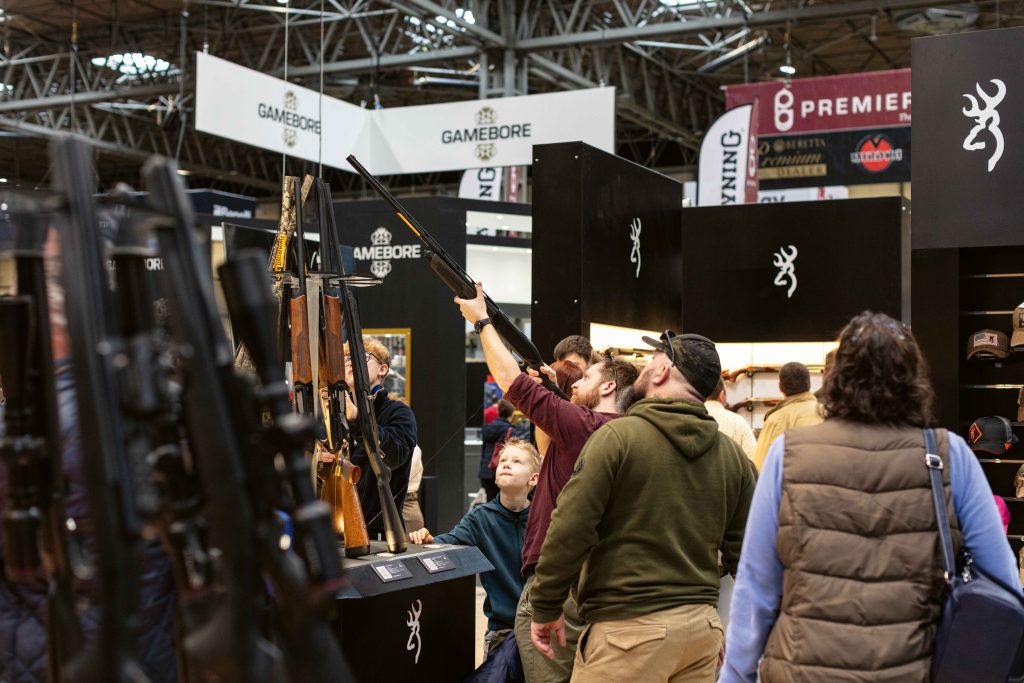Win CENS ProFlex DX5 earplugs worth £1,149 – enter here
Loading is better left to the experts
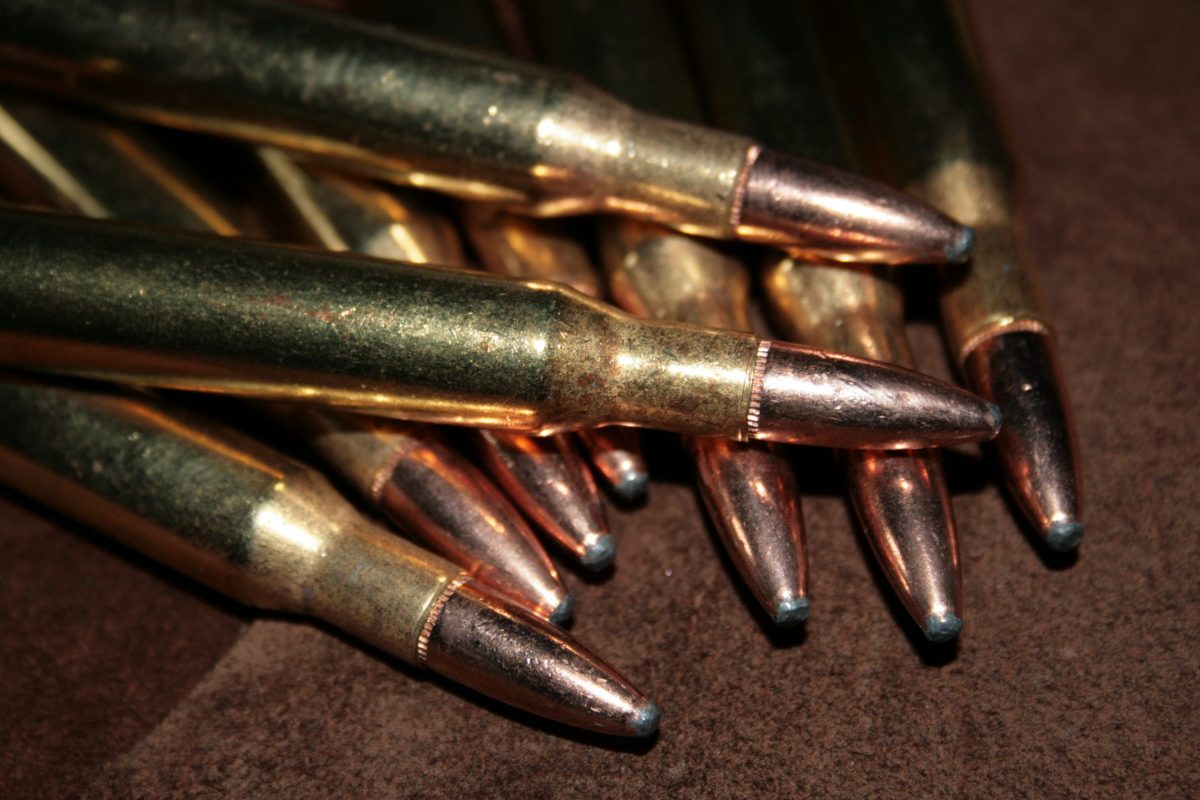
I used to be a home-loader, but I am better now, thank you. Don’t get me wrong; I have every respect for those who espouse the fine craft of producing their own ammunition. I admire their self-sufficiency. But I’d rather not stand next to them when they test fire their latest piece of handiwork.
One famous Canadian hunting guide has been vocal about home-loaded ammunition, explaining how he once found himself in fraught encounters with grizzlies on two occasions within five days. Each time, he came scarily close to firing in self-defence; his rifle had been loaded with ammunition provided by an avid home-loader.
A few days later, the guide had occasion to check his rifle at a target before going hunting. He started off with the same round that had been in the chamber on the two recent bear encounters. When he pulled the trigger, there was a muffled noise and a wisp of smoke. An investigation showed there had been no powder in the case. The primer alone had pushed the bullet down the barrel. After that, the guide banned home-loads from all his guided hunts.
Several African professional hunters show similar scepticism. As far as they are concerned, trusting somebody else’s home-loaded ammunition on dangerous game at close quarters is a risk they are not prepared to take — not when they have a professional obligation to intervene in any little misunderstanding with an emotionally disturbed Cape buffalo intent on battering their client into random chunks of protein.
Years ago, when I was developing deer loads for my .30-06, I spent many happy hours out on a remote piece of white grass moor, testing various home-loads at up to 300 yards. The results on the target were impressively erratic. It became clear that some of the bullets tumbled or key-holed. I couldn’t seem to get really consistent velocities, according to the chronograph, for strings of more than about 10 rounds. Yet consistency is the father of accuracy and, provided they are set up correctly, machines are more consistent than humans. It’s as simple as that.
Frankly, I lacked the requisite expertise and attention to detail for home-loading. Unless you have been properly taught, perhaps by attending a reloading course, it is all too easy to skimp on stages such as neck resizing, bullet-seating depth and so forth. I gave up reloading rifle ammunition because the factory stuff was better.
And while I hadn’t ventured into the arcane world of home-loading to save money, I found there was no discernible cost benefit anyway. This seems to be the case with reloading mainstream shotgun ammunition as well.
The exception, it seems, is with anything out of the ordinary. A prime example is my 4½in chambered eight-bore, for which the late Alan Myers made me 20 brass cases and some hand-loading tools. Under his advice, I worked up a load containing 3¼oz of shot. I tested the patterns at ranges up to 60 yards on large rolls of builder’s polythene stretched across sections of wooden garden lattice. And, by God, those loads subsequently worked as well on geese as they did on the range.
Related Articles
Get the latest news delivered direct to your door
Subscribe to Shooting Times & Country
Discover the ultimate companion for field sports enthusiasts with Shooting Times & Country Magazine, the UK’s leading weekly publication that has been at the forefront of shooting culture since 1882. Subscribers gain access to expert tips, comprehensive gear reviews, seasonal advice and a vibrant community of like-minded shooters.
Save on shop price when you subscribe with weekly issues featuring in-depth articles on gundog training, exclusive member offers and access to the digital back issue library. A Shooting Times & Country subscription is more than a magazine, don’t just read about the countryside; immerse yourself in its most authoritative and engaging publication.



